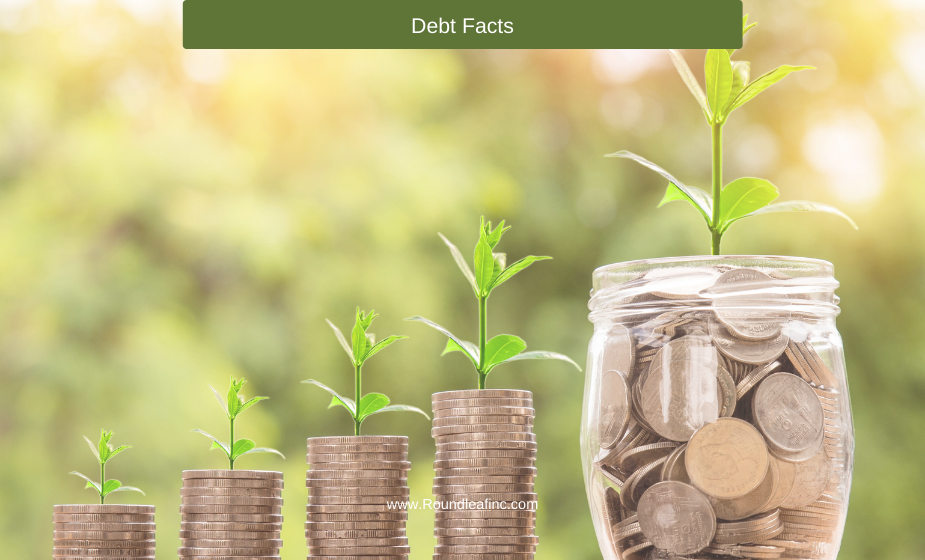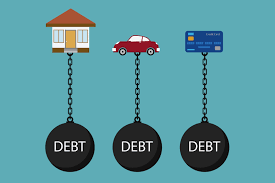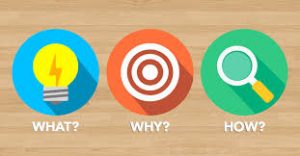US Consumer Debt Statistics – Post Pandemic

What is Consumer debt?
Debt is an obligation that the borrower (the debtor) must pay off to the lender (the creditor). Consumer debt consists of personal debts that are owed such as credit card debt, student loan debt, auto loans, mortgages, and payday loans. These are purchases made for an individual or household use. At one point in life, we all deal with debt. Whether you are $500 in debt, $5,000 in debt, or $50,000 in debt, you are obligated to pay it.
No matter the amount you owe, you are still in debt. But you probably already knew that, here is what you may not know about consumer debt!

In our previous blog “5 Shocking Statistics About Debt” published in 2019, we mentioned that at least 8 out of 10 US households are in debt. This is more than half of US households that might even include yourself. However, this was before our Covid 19 Pandemic. Let’s take a look at some current statistics about consumer debt.
Consumer Debt in 2021
- Total household debt reaches $14.96 trillion.
This household debt is a total sum of mortgage debt, student debt, auto debt, credit card debt, and other debt. The highest portion of the household debt is mortgage debt reaching $10.44 trillion. Followed behind is student debt reaching $1.57 trillion. Are you shocked yet?
- 65% of students graduate with student debt.
According to a study conducted by educationdata.org, “43.2 million student borrowers are in debt by an average of $39,351 each”. Student loan debt is the second-largest portion of the household debt. Student loan debt may be “good debt” as long as it is being paid off. Most other creditors like to see a “good debt” on your credit history so that they know they can trust you with their loan.
- 62% of Americans say their credit card debt increased.
More than half of Americans faced an increase in credit card debt since the pandemic. A study conducted by business.org shows that 52% had to increase their credit card limits to pay for their expenses. Increasing credit card limits can be a good idea, provided that you can continue to pay off your spent amounts in full each month.
But Why?

Debt continues to increase as we face life-changing events such as global pandemics, divorces, job losses, etc. There are many reasons why people fall into debt
- loss of income
- lack of tools to make good financial decisions
- poor money management
- unexpected expenses such as medical expenses
- little to no savings
How to Begin Your Journey to Success!
Don’t let these statistics scare you away from buying a new car, opening a credit card or a second one, or even buying a new house. These are milestones in your life that you should enjoy. However, make sure to stay on top of your debt and seek help as soon as you begin to feel overwhelmed with your debt. It is never too late to create a budgeting plan to prevent you from falling into these statistics. Our professionals at Roundleaf can help you reach your financial goals through educated decision-making.
Contact us today!
Similar Readings:
- 5 Things You Should Know About Debt Negotiations And Settlements
- The Math Behind The Minimum: The True Cost Of Minimum Payments
- 5 Shocking Statistics About Debt
Resources
